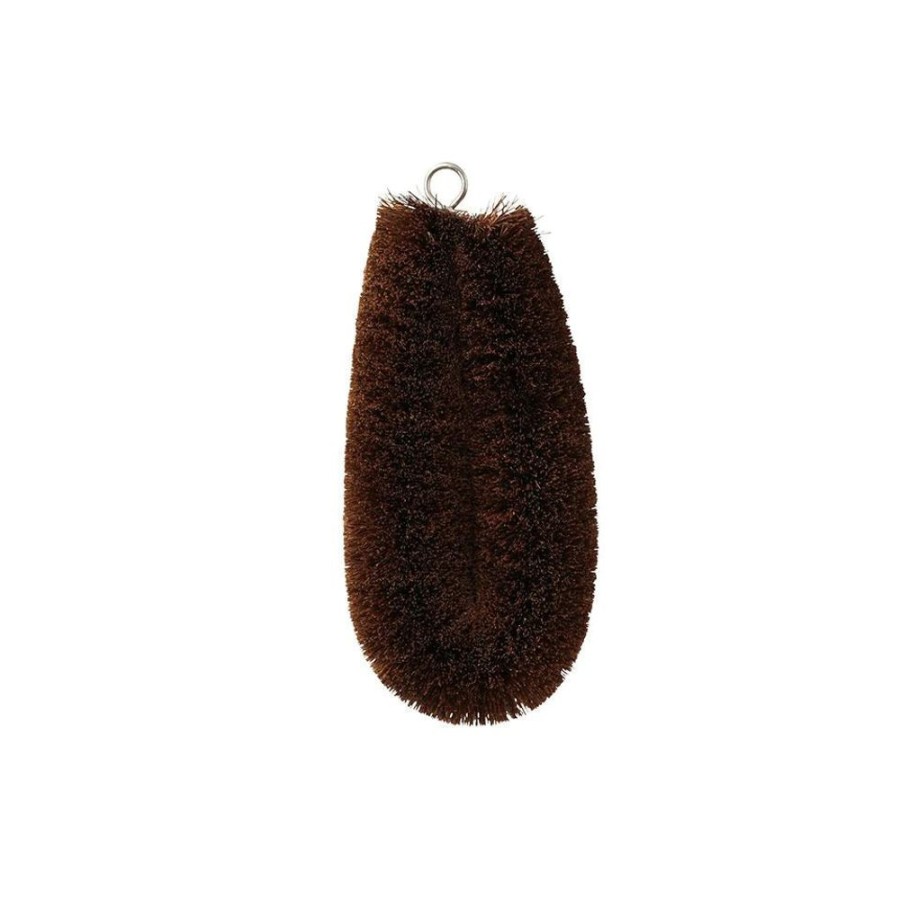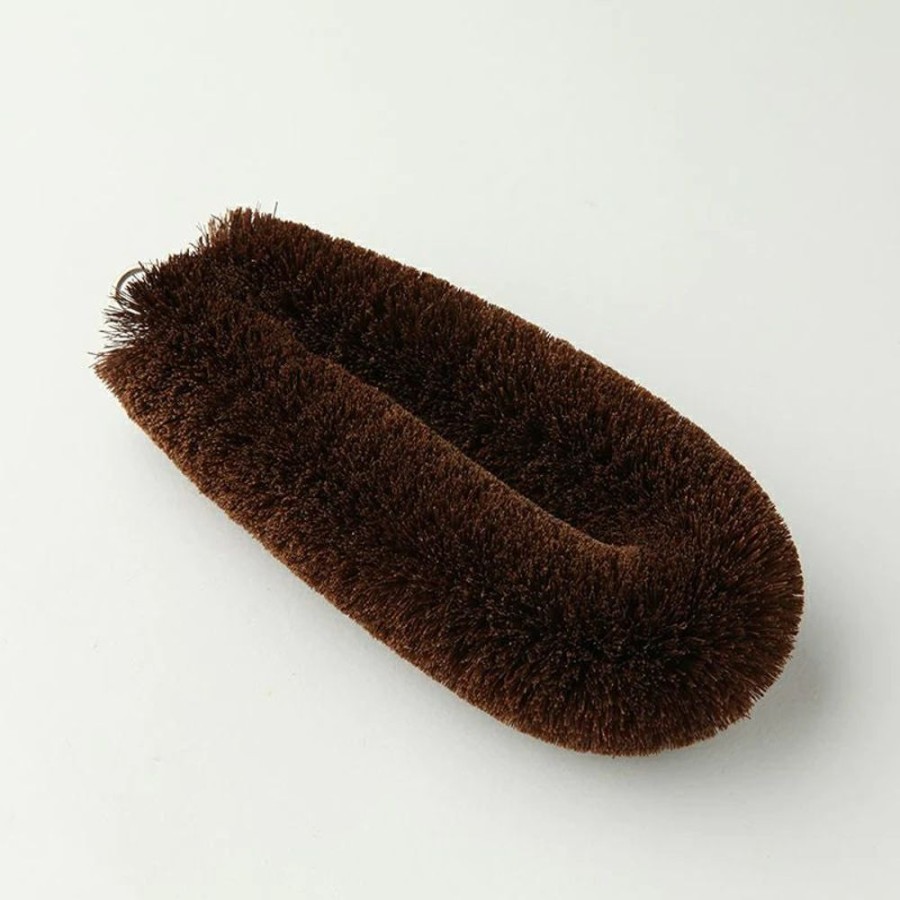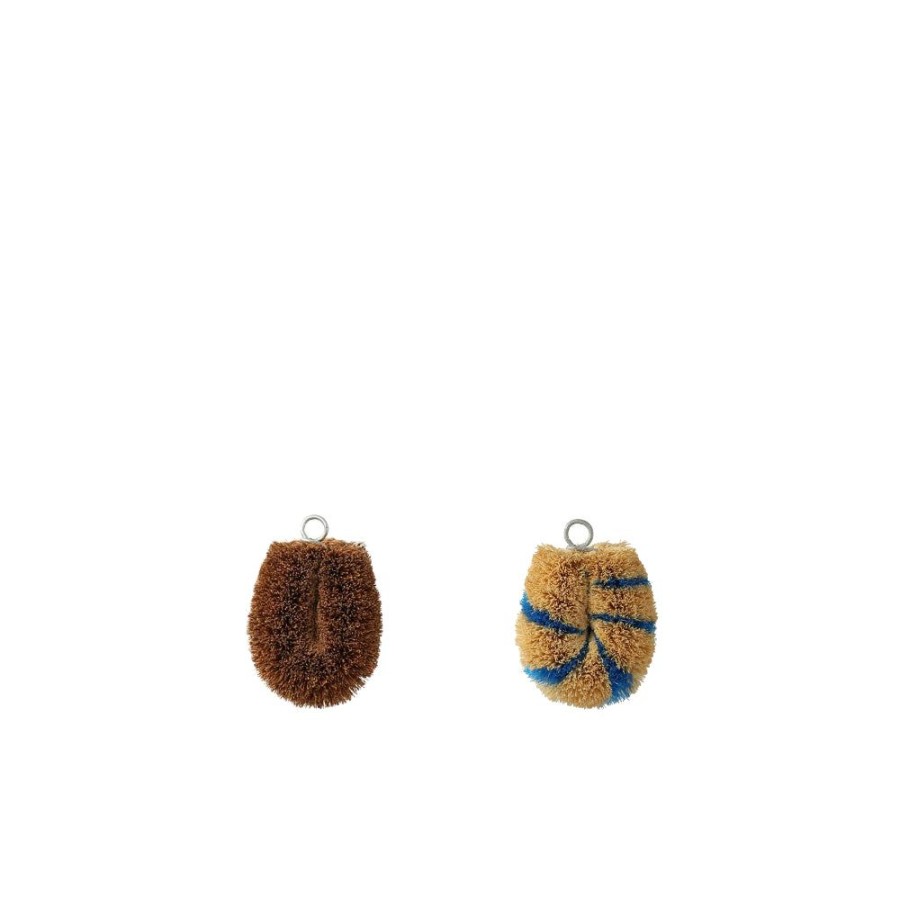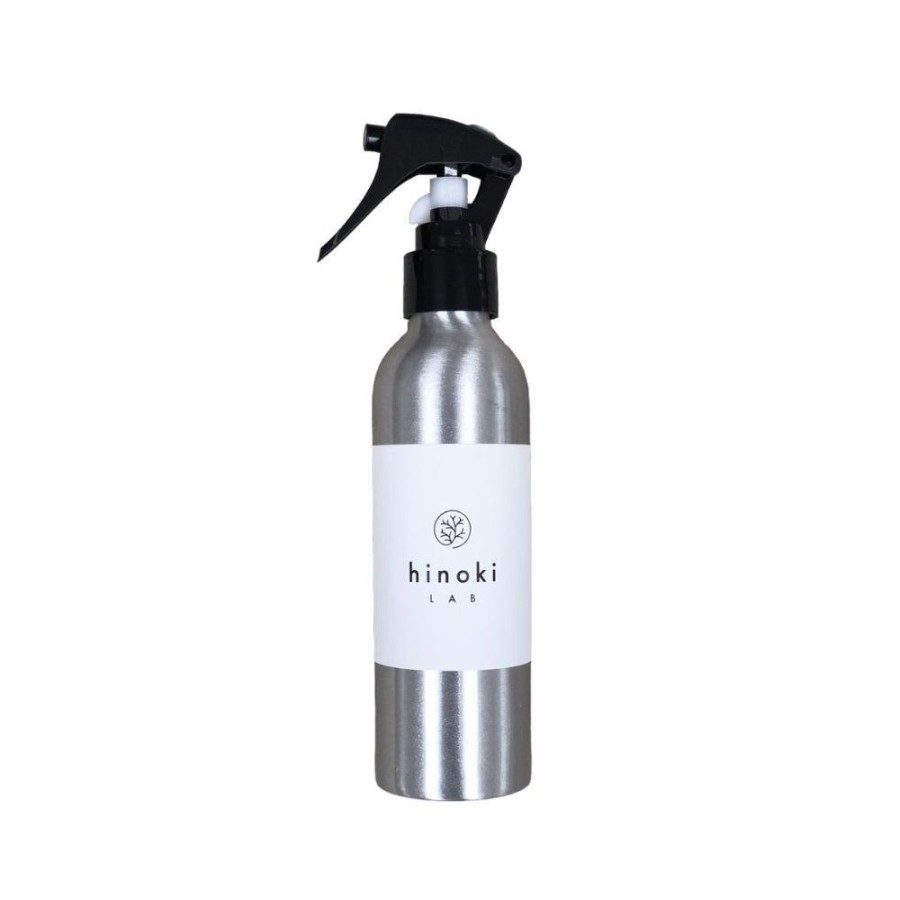For Home Japan Best | Hemp Palm Tawashi Standard Sponge
$23.10 $19.87
For Home Japan Best | Hemp Palm Tawashi Standard Sponge

- To Wash, Brush, And Scrub : Tawashi Are Organic All Purpose Tools
- Vegetables: Wash Your Vegetables With The Tawashi So That You Do Not Remove All Of The Nutrition From The Peel Of Your Vegetables
- Kitchen Tools : Essential Item For Japanese Chefs Who Use It For Cleaning Vegetables And Washing Wooden Cutting Boards, Kitchenware, And Dishes
- For Non Oily Dishes, You Can Easily Clean Without Using Dish Soap
- Kamenoko Invented The Tawashi Brush Shape And In 1907 And Is An Eco Scrub Brush That Is An Essential In The Japanese Kitchen
- Most People Who Try Them Once, Cannot Imagine A Kitchen Without Them
We Usually Keep At Least Two Tawashi. One For Vegetables Because Most Of The Nutrition Is In The Peel And With A Quick Scrub You Can Keep The Nutrition. Tawashi Removes The Dirt For Most Root Vegetables Like Carrots, Beetroot, Potato, Etc. The Other One We Keep Is For Washing Pots, Kitchen And Tableware, As Well As Many Other Items In The Home.
Hemp Palm Tawashi = Brush Off
The Most Popular Size In The Series, The Long And Thin Size Allows It To Reach Glasses, Kitchenware, Vegetables, And Even Plant-Made Weave Baskets.
When You Would Like To Leave And Eat The Skin Of Carrot, “Hemp Palm” Is Recommended. Hemp Palm Is An All-Rounder In Washing For It Has Both Strength And Pliability. It Washes Dirt Out With These Properties. Hemp Palm Is Also Used In A Broom, Which Is Good At Brushing Dirt Off. The Thin Tip Of A Fibre Can Get Into A Very Small Space, Which Is The Reason Why Many Chefs Choose Hemp Palm Scrub Brush For Washing Their Wood Chopping Board.
The “Kiwame” Series Is Made From The High-Quality Hemp Palm Fibre That Covers The Trunk. It Is Made With Highly Sophisticated Japanese Craftsmanship As An All-Purpose Tool Not Only For Your Kitchen But Also For All Cleaning Scenarios. Hemp Palm Is Softer Compare To The Palm, Make It A Perfect Match With Knife And Wood Chopping Board. You Can Also Wash For Dishes, Teflon, Glass, Stainless, Enamelware And More.
It Is Very Convenient To Have One Hemp Palm Scrub Brush In Your Kitchen. It Can Be Used To Whatever Wash The Ingredients Gently, Your Important Hollowware, Or The Stainless Steel Cookware. Because There Is No Wire Around The Sides It Cleans More Thoroughly.
To Learn More About Tawashi Types, Please Continue Reading:
There Is 3 Kinds Of Materials And The Difference Lies In The Hardness. For Example When Vegetables Will Be Washed, There Are 3 Types Of Materials:
Palm Tawashi = Scrub Off
When You Want To Completely Peel Skin Of A Vegetable (Example : Carrot, Potato, Etc), The Strong “Coconut Husk Palm” Type Is Recommended.
With The Moderate Hardness Of Fibre’S Head, The Palm Material’S Strong Point In Washing Is To Scraping Out Dirt.
It Is Suitable For Taking Out The Dirt And A Thin Skin Of A Roots Crops, And Also A Dirt That Get Into The Colander’S Mesh.
On The Other Way, The Strength Of The Fibre Make It Unsuitable For The Delicate Material.
The Difference In Sizes Are According To The Size Of The Palm Of Your Hand
White Coconut Palm Tawashi = Scrub Off
This Tawashi Type Is Also A Standard And Favourite Because It Is Easy To Use Because Of Its Shape You Can Have A Firm Grip. The Sides Do Not Have A Crease So You Can Easily Clean Your Vegetables Or Dishes.
Sisal Linen Tawashi = Wash Off
Sisal Use Its Soft Fiber To Wash The Dirts Off. Suit For A Body Care And Even A Delicate Coated Pan. When It’S Wetted, This Material Becomes Softer.
When You Would Like To Simply Wash The Peel Of A Something Delicate Like An Apple Or A Lemon, Use The “Sisal Linen” Type.
How We Use Tawashi:
Start With Your New Tawashi. We Use This To Wash The Skin Of Our Vegetables. Since Most Of The Nutrition Is Inside The Peel, Tawashi Is The Perfect Brush To Gently Clean The Dirt Off Your Vegetable Before Using It.
After A Few Months Or When You Feel That It Is Not Scrubbing As You Wish The Kamenoko Tawashi Graduates To Its Next Job Of Washing Your Pots And Pans. Tawashi Are The Perfect Tool For Cleaning All Dishes But Particularly Iron Pots That Should Not Be Scratched With A Standees Steel Pad Or Non-Organic Scrubber. The Same Goes True For Scrubbing Food Off Your Plates. The Organic Fibres Of The Tawashi Do Not Scratch Your Tableware.
Finally When Your Kamenoko Tawashi Cannot Be Used In The Kitchen Anymore, You Can Use The Tawashi For House Work :
- Cleaning The Shower Or Bathroom
- Cleaning Dirt On The Floor
- Cleaning Your Tools
- Cleaning Anything That You Can Think Of
Finally, When Your Kamenoko Tawashi Has Been Completely Used, We Can Thank Them For All Their Service And Let Them Retire In Peace. They Are Made Of Organic Fibres So They Can Go Back Into The Earth Naturally And The Metal Wire Can Be Recycled.
How To Clean Tawashi:
The Best Way To Clean Kamenoko Is To Simply Use Two Kamenoko To Clean Each Other. Shake Dry And Hang After Use. Because They Dry Quickly, They Do Not Breed Germs The Way Regular Sponges Do.
To Disinfect Your Tawashi, You Can Pour Hot Water Over It. We Usually Wash Our Tawashi And Wooden Cutting Boards Together By Simply Pouring 90° Hot Water To Disinfect Without Chemicals. A Tawashi Usually Keeps For Around 1 Year With Proper Care.
Why Tawashi?
There Are Many Producers Making Tawashi Now But This Is The Original. Because Of This All Their Tawashi Are Carefully Hand Made And Inspected By Senior Craftsmen. You Can Tell The Quality Of The Craftsmanship From The First Use Of Kamenoko.
History Of The Tawashi:
When Western Shoes First Started Selling In Japan, Unlike Japanese Wooden Shoes, Western Style Shoes Brought In A Lot Of Dirt From Outside. It Was Therefore Necessary For Households To Have A Door Mat To Keep The Outside Dirt From Entering The House. The Founder And First President, Nishio Shozaemon, Was Producing Mats Using Hemp And Palm.
During This Time In Japan We Still Used Wood Burning Stoves In The Kitchen. The Wood And Charcoal Left The Pots And Pans Very Black With Soot And Were Difficult To Clean. Mr Shozaemon’S Wife Took One Of His Door Mats And Cut It And Placed A Wire Around It To Use For Scrubbing. Thus The First Tawashi Brush Was Invented. They Agreed That The Shape Was Like A Turtle (Kame In Japanese) And Since Turtles Like Water It Seemed Like An Appropriate Name. Kamenoko Means “Turtle Child).
Mr. From 1907, Create And Bring Out The “Tawashi” To The Market. From Then, They Have Created Many Cleaning Products For Household Work.
In 2013, This Brush Gets The Long Life Design Award As A Major Product Hand Made Since 1907. Quality, Durability: Chose The Best Size For The Palm Of Your Hand.
Be the first to review “For Home Japan Best | Hemp Palm Tawashi Standard Sponge” Cancel reply
Related products
Candles & Incense
Candles & Incense
Candles & Incense
Candles & Incense



























Reviews
There are no reviews yet.